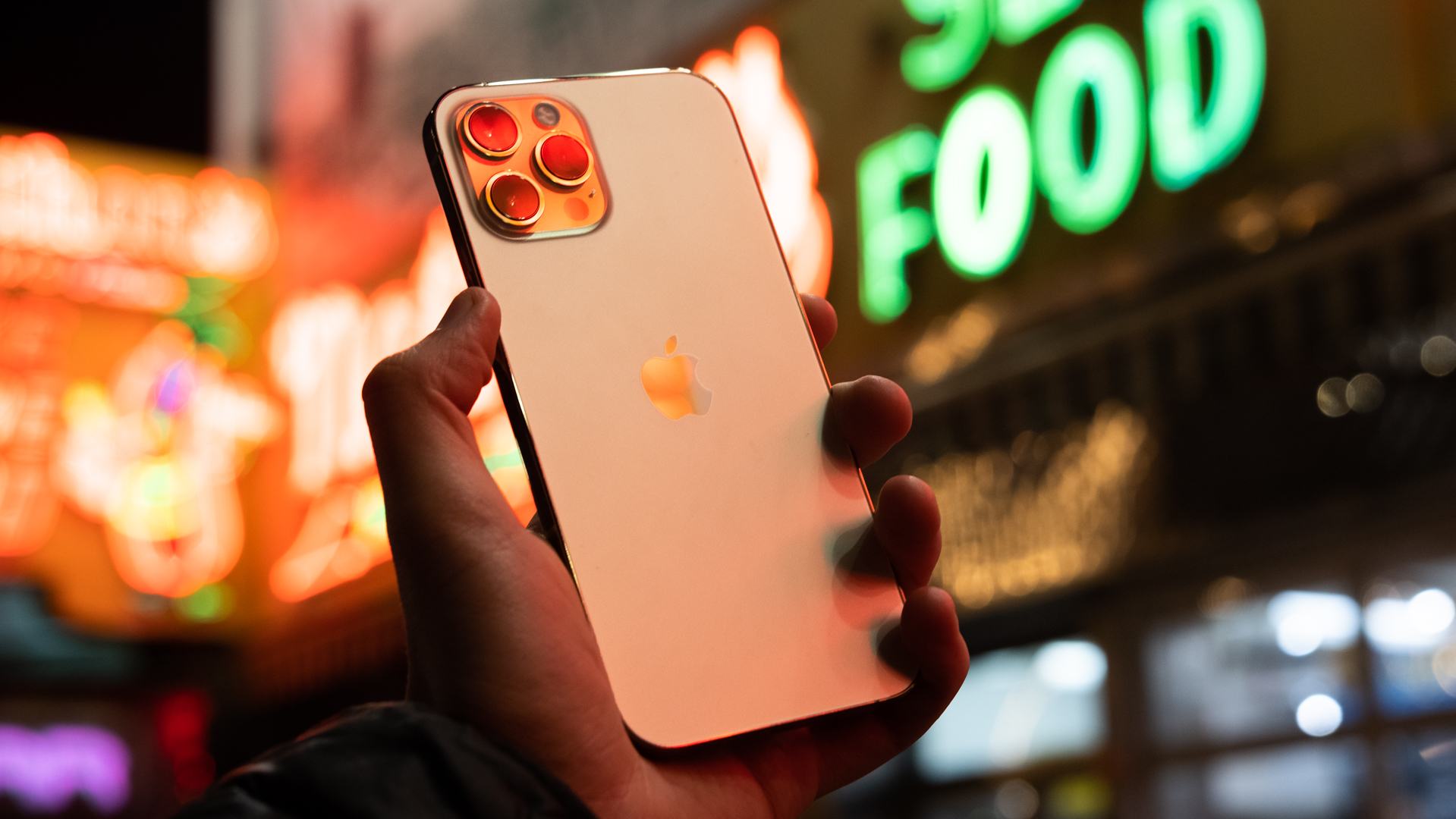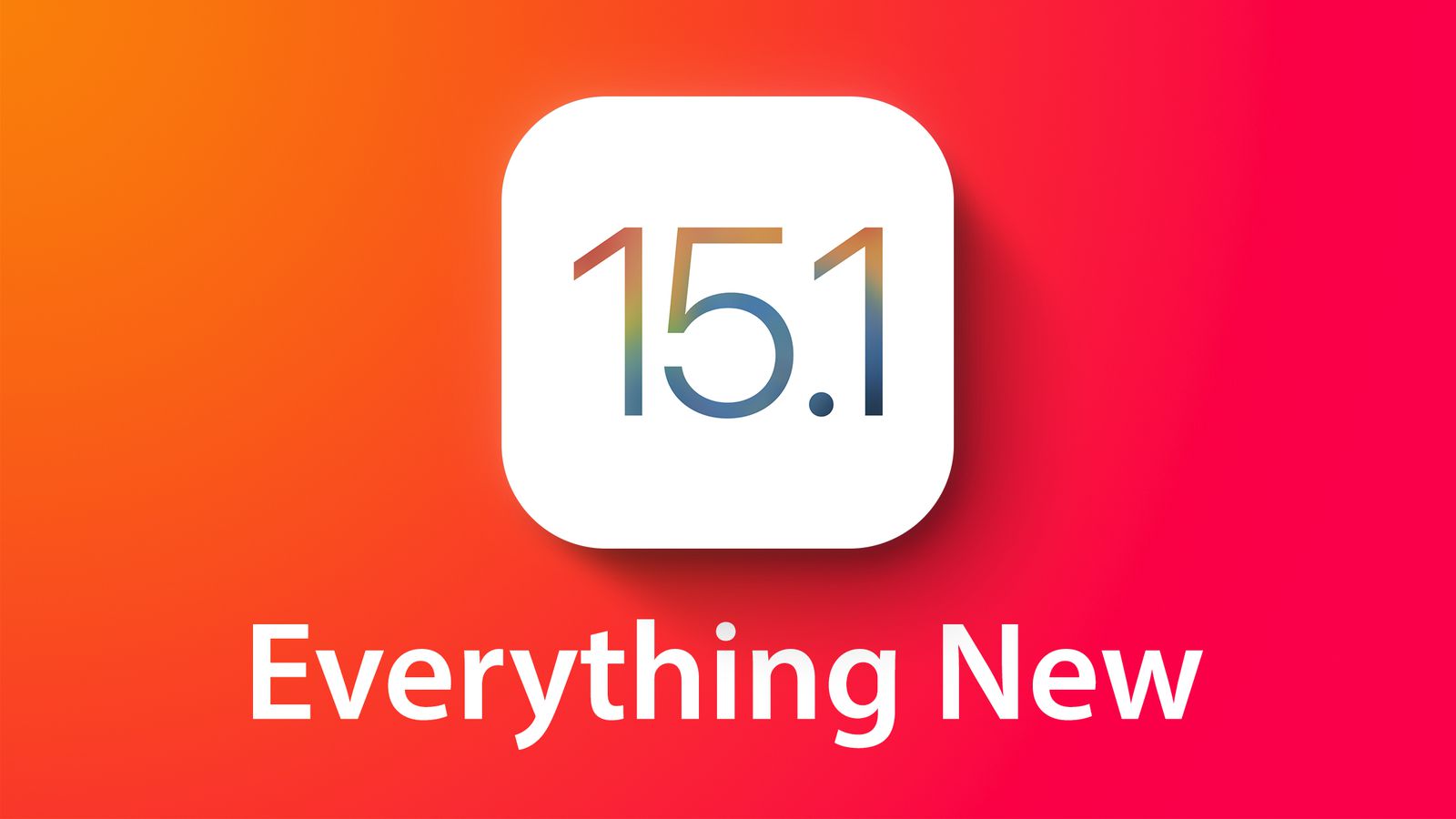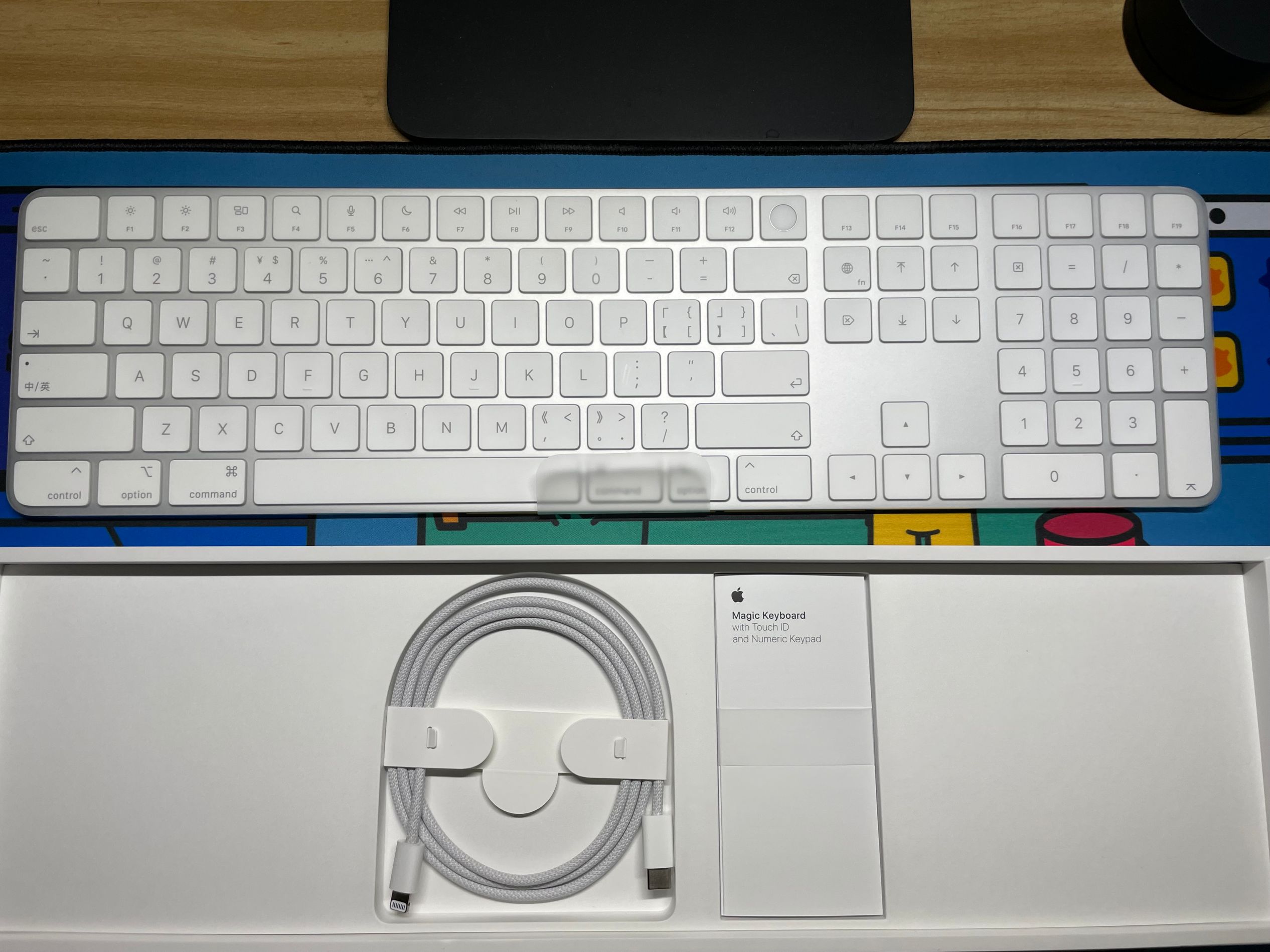The annual Apple WWDC 2021 will kick off at 1 am on June 8 this year. As one of the most prestigious developer conferences in the science and technology industry, WWDC is such an important iPhone conference in the hearts of many digital enthusiasts.
Due to the impact of the epidemic, this year’s WWDC, like last year, continues to be held in a completely online format, so it is free for all developers. So what are the major highlights of this year’s WWDC? Follow my strategy and find out first.
iOS 15
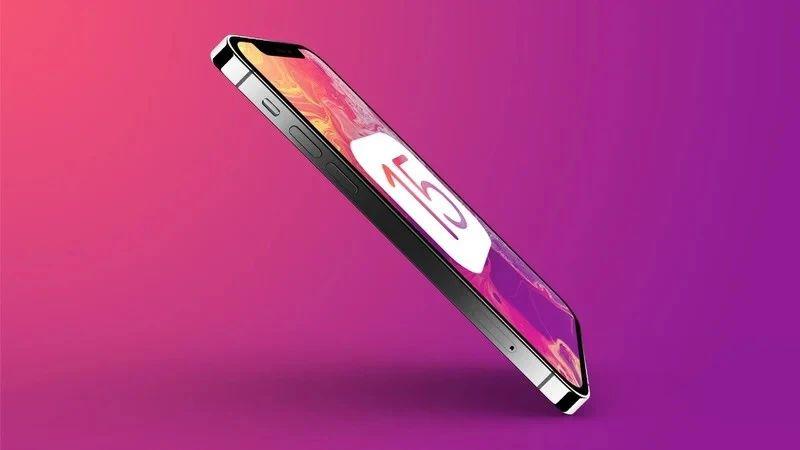
By convention, the next version of iOS 15 will be announced at WWDC. iOS 15 will bring a series of new changes in appearance and functionality.
However, it needs to be reminded that the French website iPhoneSoft predicts that iPhone 6s, 6s Plus, iPhone SE first-generation, and previous iPhone models will not be able to upgrade to iOS 15. This is reasonable, after all, it has been almost 5 years since they were released.
New control center
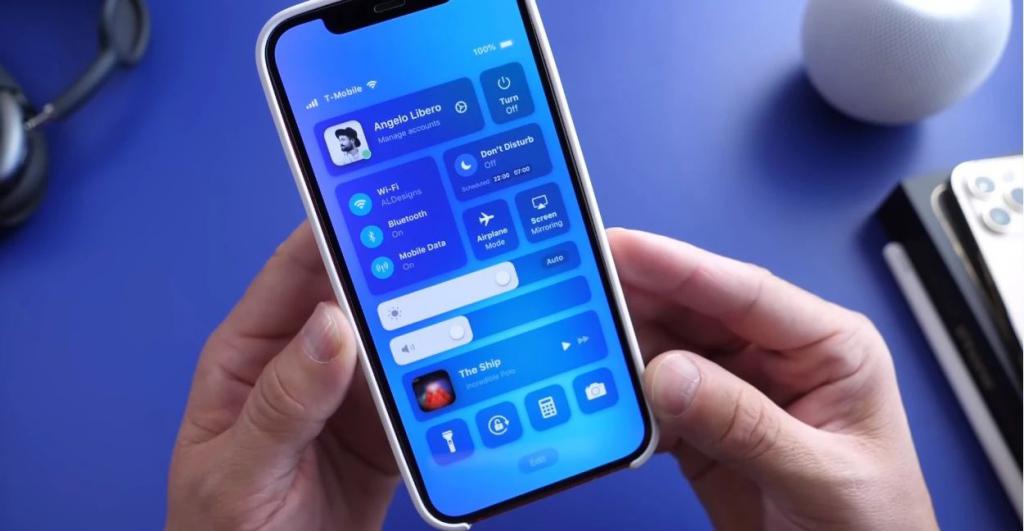
We can already see on the new versions of macOS and iPadOS that Apple is trying to unify the style. According to the whistleblower McGure Wood, Apple may bring a newly designed control center in iOS 15, with a style closer to macOS, bringing a more coordinated experience.
More interactive widgets
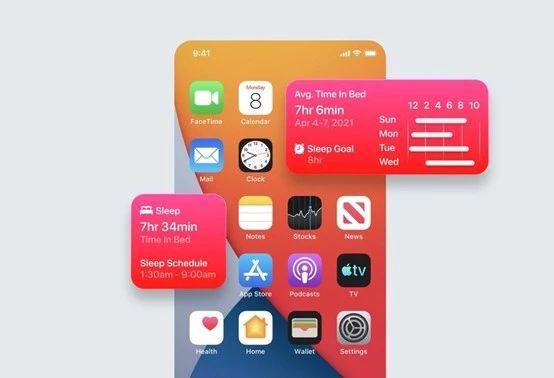
Since the release of the widget with iOS 14, this feature has been loved by users because of its strong playability. iOS 15 is expected to continue to upgrade small components, and interactive operations will be more abundant.
New design of setting interface
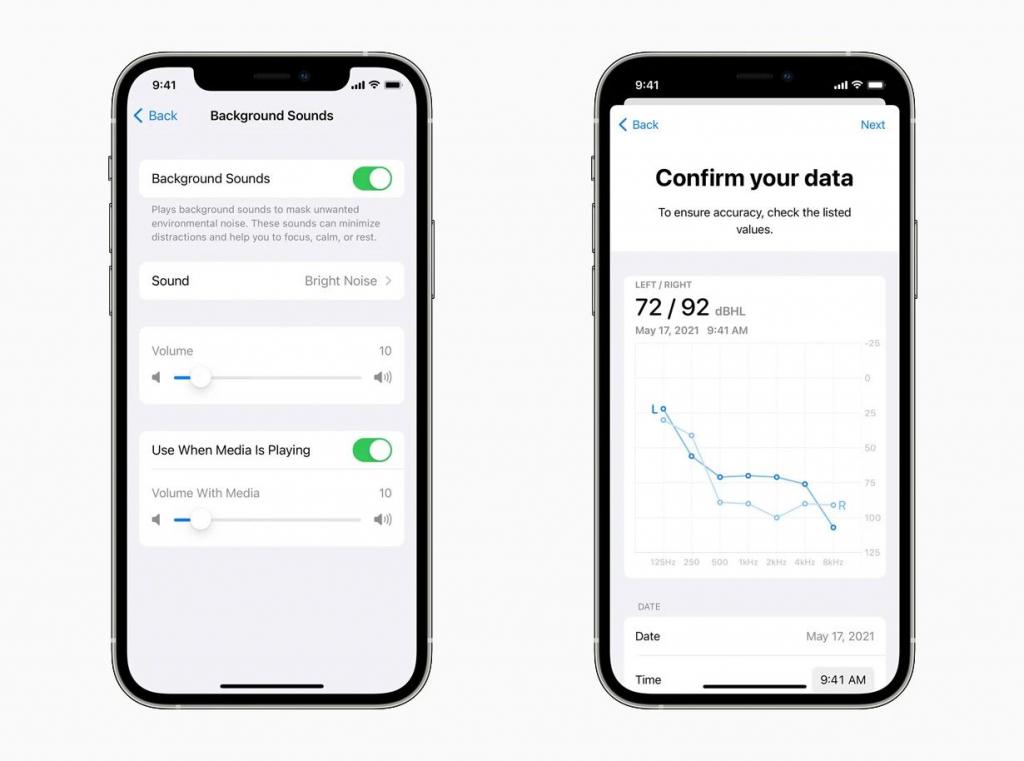
This may be a new design that Apple officially exposed. Earlier in a blog post introducing new accessibility features, Apple posted a screenshot of the new version of the iOS settings interface, and the settings options have become card styles.
Notification improvements
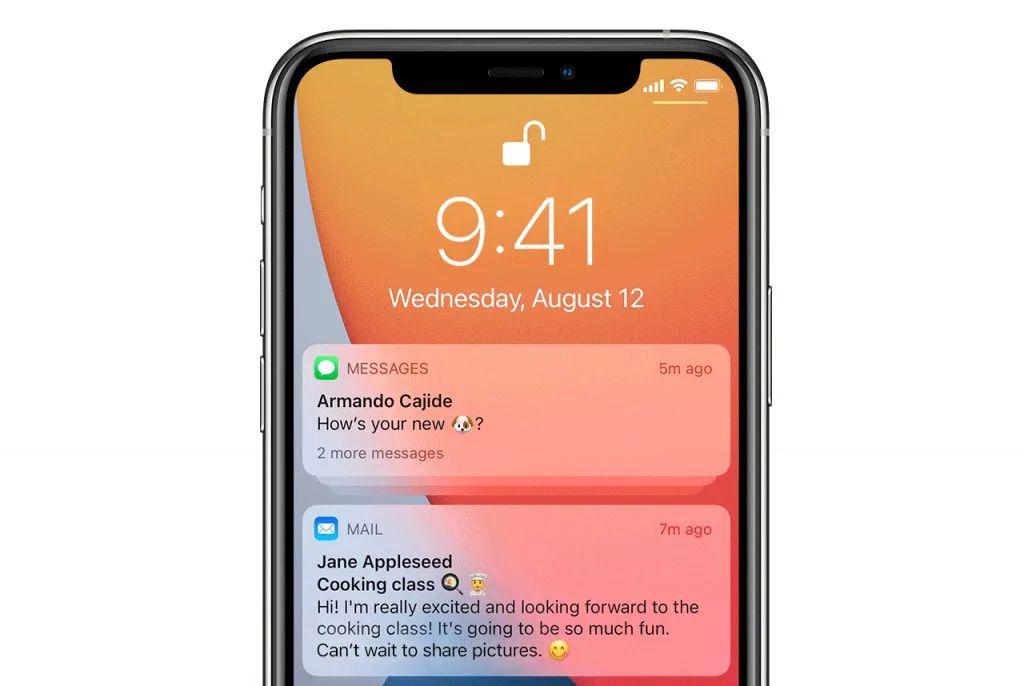
Bloomberg pointed out that iOS 15 will bring smarter notifications. You can set different notification preferences for different states (such as driving, working, sleeping, etc.). For example, when you are awake, the phone will emit a notification tone; if you are sleeping, the phone will disable the notification tone. You can use the options on the lock screen and control center to switch modes quickly and easily.
In addition to prompts, iOS 15 can also automatically respond to received notifications based on your status. In contrast, the current iOS automatic response is only available during driving.
Aways on Display
Media source Max Weinbach disclosed earlier that the iPhone 13 series will support the always-on display function, similar to the always-display function added in Apple Watch Series 5 and later versions. With the constant display function, you can view some key information without unlocking it, without completely turning on the screen.
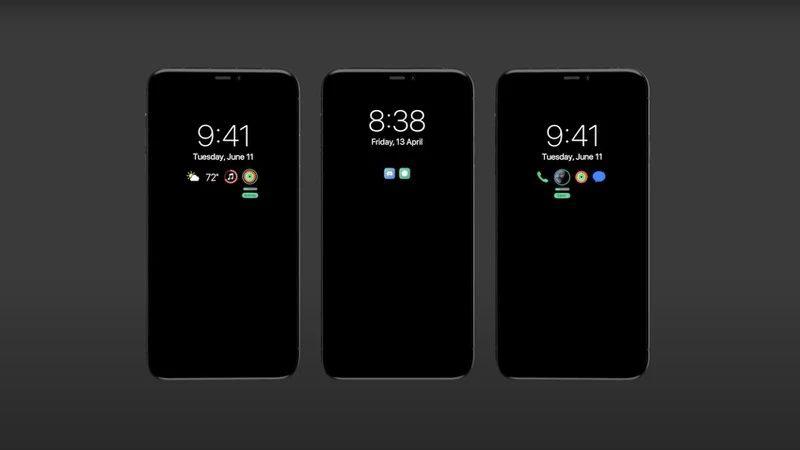
Android phone users should not be unfamiliar with the always-on display function. This function takes advantage of the characteristics of the OLED display itself, each pixel of it is individually controlled, so it can only light up a specific area to display information. The LCD display currently cannot do this, because it needs to use a backlight to light up all the pixels.
In theory, as a feature update, iPhones with OLED displays are expected to support always-on display. Whether this feature will come as scheduled, and which iPhones are supported, depends on Apple’s face. The iPhone embracing the OLED display can be traced back to the iPhone X in 2017. Since then, only the second generation of iPhone Xr, iPhone 11, and iPhone SE have adopted LCD displays. The latest iPhone 12 all use OLED displays.
Dark mode improvements
The dark mode has been well received since its introduction. When the screen is used for a long time in low light, it is more friendly to the human eye and saves power in daily use. It is reported that iOS 15 will slightly improve the dark mode, and the display of icons, message bubbles, or notification count signs in dark mode will be changed.
iMessage improvements
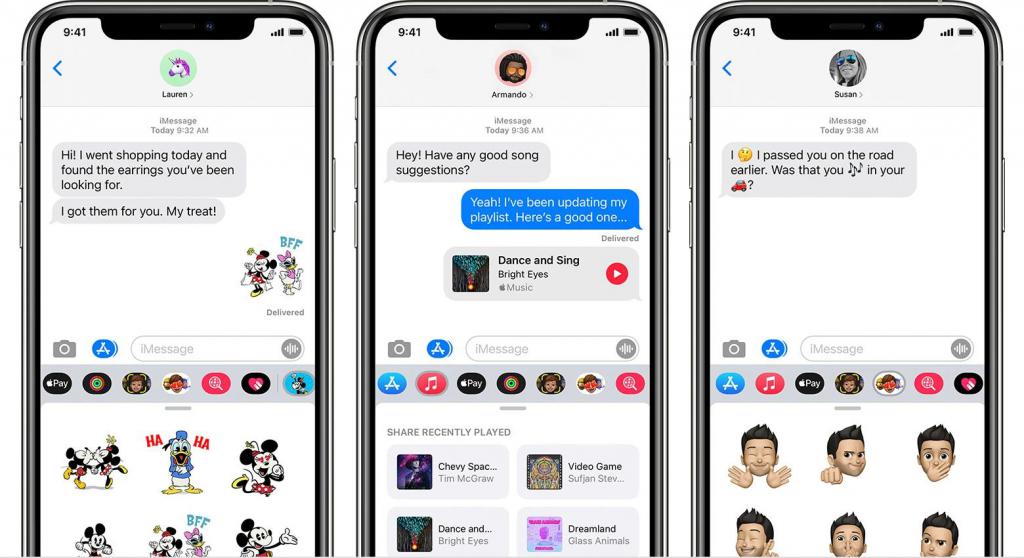
Bloomberg revealed that Apple intends to make iMessage more like a social network and compete with social software such as WhatsApp. However, this improvement is still in the early stages and may not be released until later this year.
Privacy
Apple has never left privacy and security behind. iOS 15 will bring a new menu to inform users what data the app is collecting. This feature echoes the Privacy Label launched last year.
iPadOS
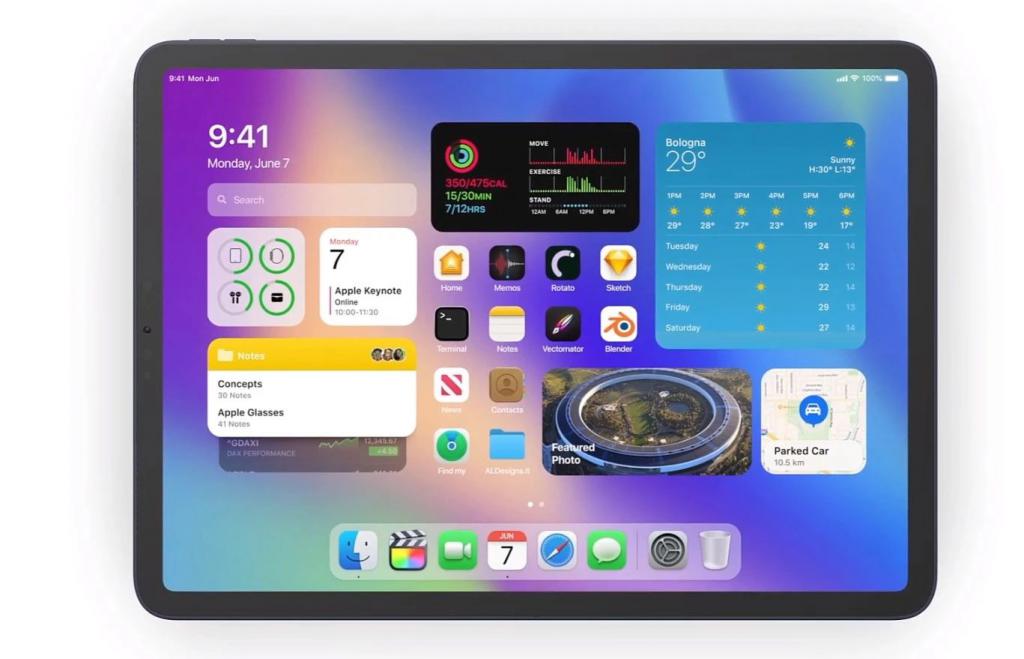
Bloomberg’s Mark Gurman said that Apple will bring a major update on iPadOS 15, which will be the most significant update since the release of the iPad. However, in addition to supporting the addition of widgets to the home screen, he did not disclose more details.
M2 chip & MacBook Pro
Apple M2
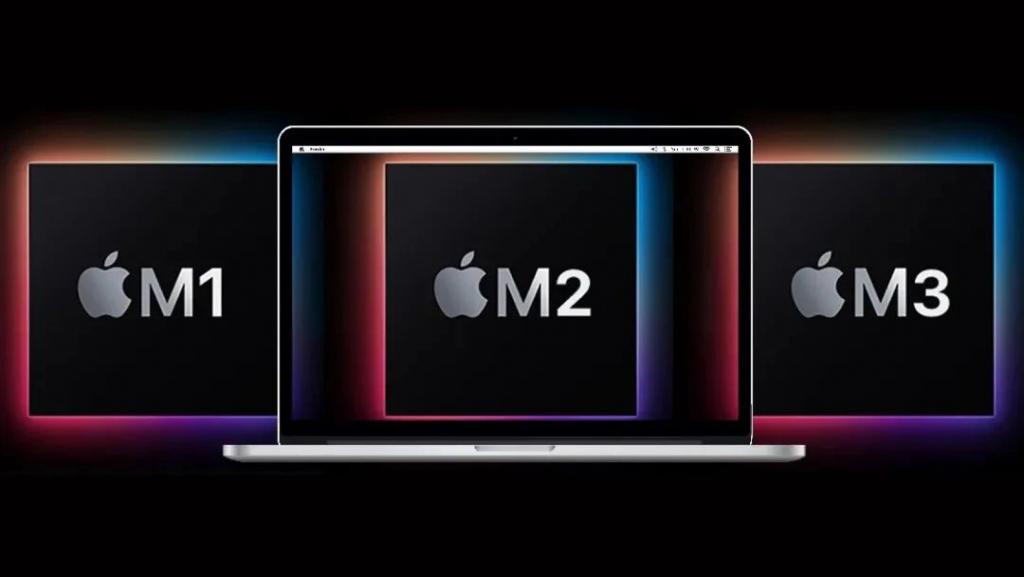
It was at last year’s WWDC that Apple announced a new self-developed chip Apple Silicon, indicating that it will migrate its Mac computers to this chip in the next two years to replace Intel chips. Then at the November press conference, Apple Silicon completed its first show in the name of M1 and performed well.
However, while the M1 chip has strong performance, it also exposed some areas for improvement. Mac computers equipped with the M1 chip only support up to 16GB of memory, and the number of interfaces is also limited.
The good news is coming, the successor of the M1 chip, which may be named M2 (M1X, to be determined), is expected to be unveiled at this year’s WWDC. The performance of the M2 chip will be greatly improved, and make up for the shortcomings of M1 Mac memory and interface support.
Bloomberg reported that M2’s CPU will be upgraded from M1’s 8 cores to 10 cores, consisting of 8 high-performance cores and 2 high-performance cores. In terms of the number of high-performance cores, M2 is twice as high as M1, and it can be expected how big the performance upgrade will be.
In terms of GPU, the M2 chip will provide 16-core and 32-core options, and the number of cores is several times that of M1’s 7 or 8 cores. In this way, Apple can also widen the gap between high-end models and low-end models, and have more room for manipulation in pricing.
MacBook Pro 14-inch & 16-inch
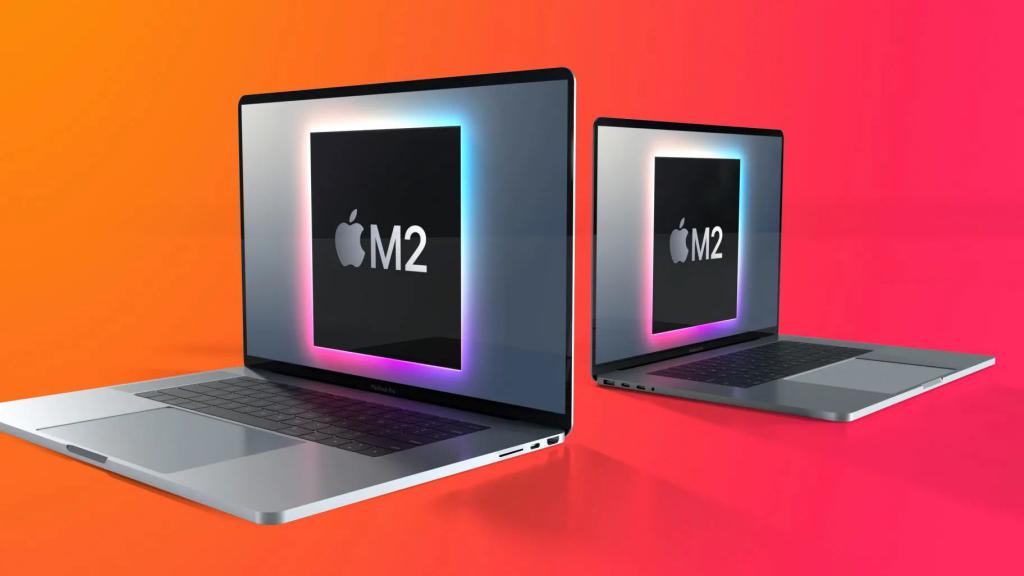
Mark Gurman revealed that Apple will release a new MacBook Pro earlier this summer, including 14-inch and 16-inch versions, equipped with a new generation of self-developed chips. Based on this calculation, the most likely appearance of the new MacBook Pro should be the WWDC conference.
MacRumors believes that the new 14-inch MacBook Pro will replace the current 13.3-inch version, and the new 16-inch MacBook Pro will replace the current 16-inch model. Thanks to the smaller frame, the overall size of the 14-inch MacBook Pro is not much different from the current 13.3-inch version.
According to well-known analyst Ming-Chi Kuo, the new MacBook Pro will bring a new look with a more square body, similar to the iPhone 12. The new model will remove the TouchBar, add a body interface, and the MagSafe charging interface will return.
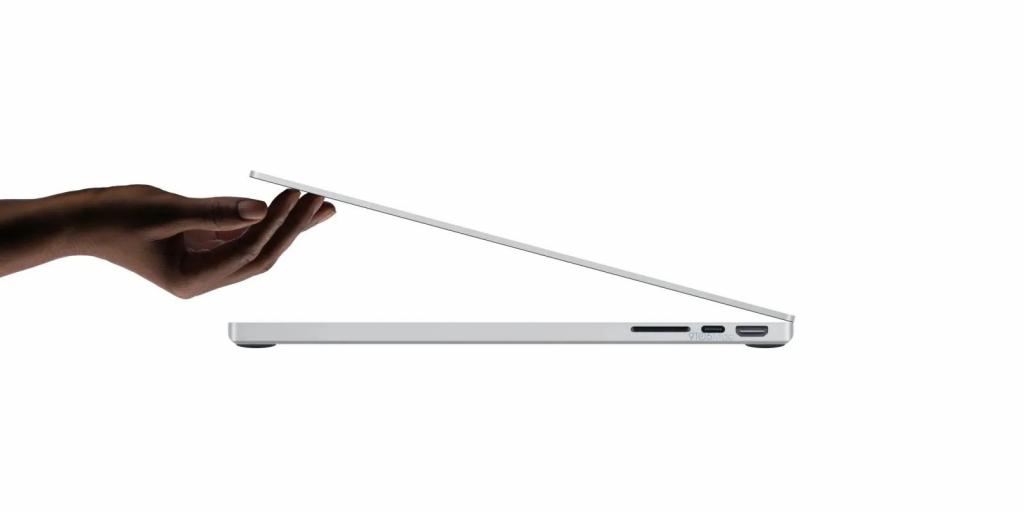
Earlier design drawings obtained by hackers from Apple supplier Quanta showed that the new MacBook Pro will be equipped with an SD card slot, HDMI interface, and no longer use the criticized disc keyboard.
In terms of display, Ming-Chi Kuo pointed out that the MacBook Pro in 2021 will adopt a mini-LED display for the first time and will be unveiled in the second half of this year. This year’s new iPad Pro 12.9 inches uses this technology, which claims to achieve Pro Display XDR-level display effects with higher brightness and contrast. If Apple releases the new MacBook Pro at WWDC, it will be more in line with the timing of the news.
In terms of performance, in addition to carrying a new generation of processor chips, the MacBook Pro 16-inch is expected to have an upgraded heat dissipation system, which will increase the heat dissipation area by 35%, which can greatly help MacBook Pro under high-performance loads.
macOS 12
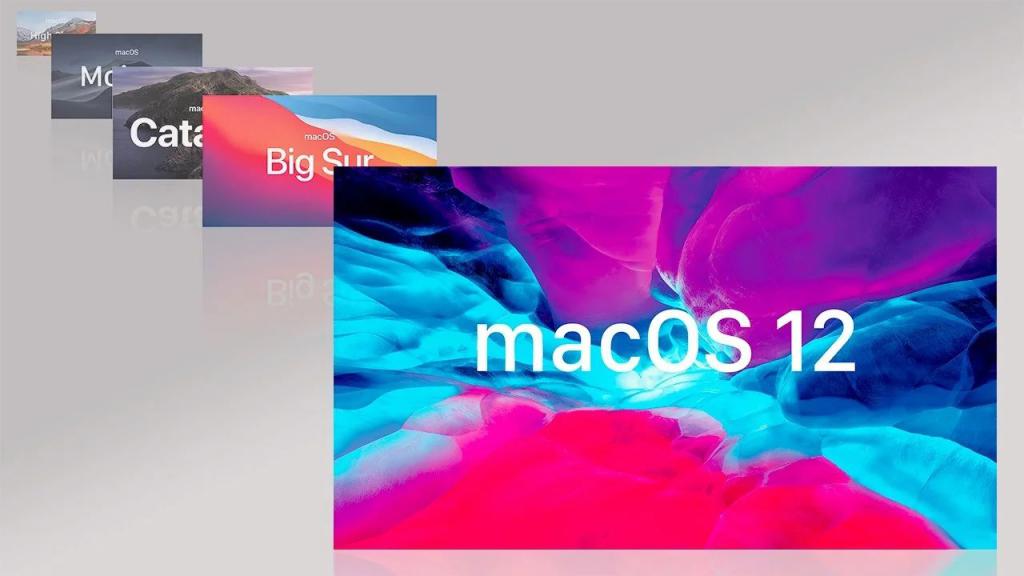
Last year, the combination of macOS 11 Big Sur and M1 chip was widely acclaimed. On macOS 12 this year, Apple should focus on improving the experience, such as macOS’s support for iOS applications, and M series chips’ support for traditional x86 applications.
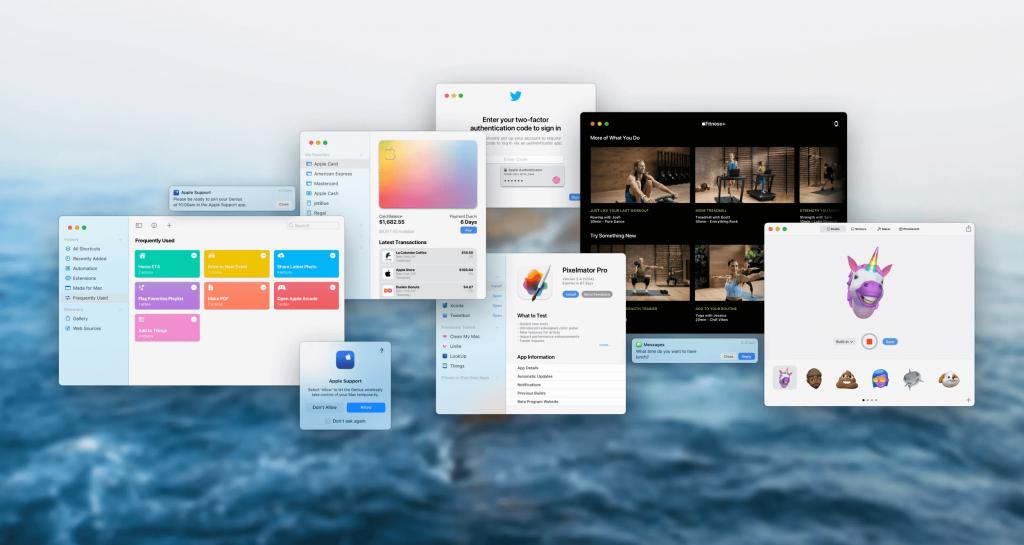
There are few revelations about the new generation of macOS, so we might as well enter the annual Apple Takes You to California program, and guess which California scenic spot macOS will be named after.
According to 9to5Mac, the most likely names for macOS 12 are Mammoth and Monterey.
Apple previously used the corresponding trademarks registered by the Shell Company, including Yosemite, El Cap, Sierra, and Big Sur. Apple also registered the names of Diablo, Condor, Tiburon, Farallon, Miramar, Rincon, Pacific, Redwood, Shasta, Grizzly, Skyline, and Redtail, but these are no longer renewed.
The two trademarks of Mammoth and Monterey were renewed on April 29 this year and December 29 last year respectively. Mammoth Lakes is a ski resort town in California, located near the High Sierra lakes, not far from Yosemite, and Monterey is near Big Sur.
watchOS 8 & tvOS 15
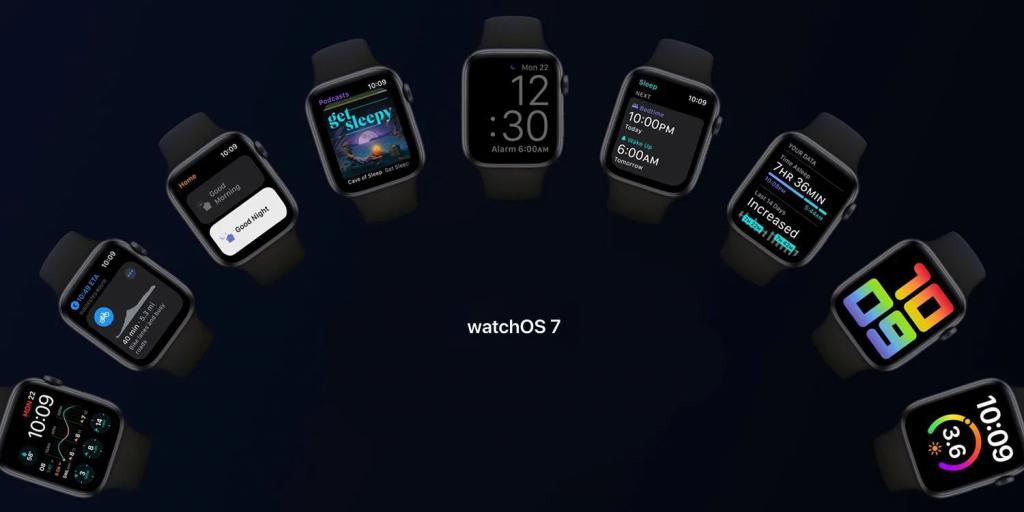
There is not much news about the new version of watchOS and tvOS, but the new watch face should be indispensable. Last year’s watchOS 7 brought much-anticipated features such as sleep monitoring, making Apple Watch easy to use again.
This year, Apple should mainly optimize the experience, such as supporting more sports modes, enriching sleep monitoring functions, and improving the app store on Apple Watch.
homeOS

MacRumors discovered that just a few days ago, Apple mentioned a new name, homeOS, in a recruitment document. This system, which does not exist yet, is Apple’s future direction?
Soon thereafter, the name was removed from the job list and replaced with HomePod and tvOS. This action seems to imply that Apple may bring new changes to the operating systems of HomePod and Apple TV, such as renaming tvOS to homeOS, because both Apple TV and HomePod run a specific version of tvOS.
If this homeOS really exists, then Apple may already be making efforts to integrate its smart home ecology. Of course, there is another possibility, Apple is building a new operating system.

The above is the complete guide for this WWDC. Which new feature are you most looking forward to seeing?

